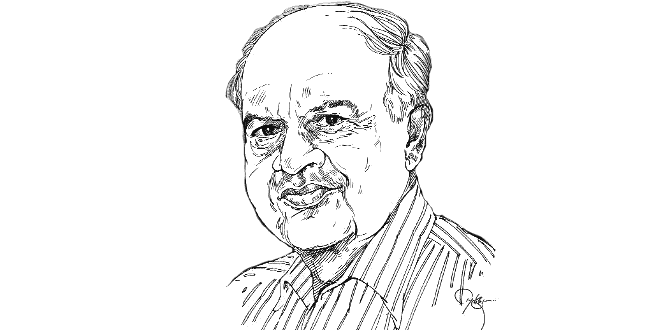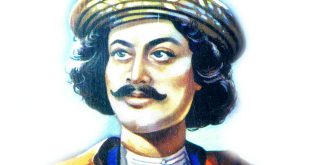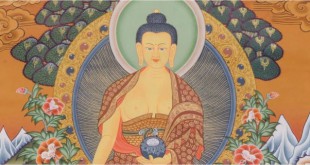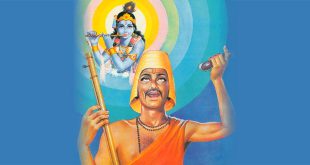| Name: | Jayant Vishnu Narlikar |
| Born: | 19 July 1938, Kolhapur, Maharashtra |
| Spouse: | Mangala Narlikar |
| Education: |
|
| Fields: | Physics, Astronomy, Writer |
| Awards: |
|
| Parents: | Vishnu Vasudev Narlikar, Sumati Narlikar |
Jayant Vishnu Narlikar — How did the universe, which is composed of stars, galaxies, nebulae, come into being? Philosophers and scientists have been pondering over this question for centuries.
Most scientists now believe that the universe came into being when a highly dense, atom-sized body exploded with a bang. Like a cracker the body threw away matter which later formed the stars, galaxies, nebulae and so on. This is called the “big bang” theory.
There is, however, one Indian astrophysicist, Jayant Vishnu Narlikar, who does not believe that a firm case has yet been made for this theory. In fact, at one time he was a firm believer in the rival “steady state” theory.
According to this theory the universe remains the same at all times, past, present or future. Matter in the form of stars, galaxies and other bodies is uniformly disturbed all over the universe. New matter is created to fill any gap that arises because of the motion of a galaxy or other bodies.
Apart from his work on the “steady state” theory, Narlikar worked in collaboration with his teacher, Fred Hoyle, on a new theory of gravitation, when he was hardly 26. The theory was then considered to be a breakthrough as significant as Einstein’s theory of relativity. In fact, the world hailed Narlikar as India’s Einstein.
Narlikar belongs to a family of mathematicians. He was born on July 19, 1938, at Kolhapur, Maharashtra, but was brought up in Varanasi in the house of his uncle, a mathematician. Every morning the uncle would write a mathematics problem on a blackboard and it would not be rubbed off until young Jayant had solved it. After doing his M.Sc. and Ph.D. from Banaras Hindu University, Narlikar went to Cambridge to do research under Fred Hoyle at King’s Collage. For his research work in astronomy he received several awards, medals and scholarships.
Narlikar returned home in home in 1972 and since then he was been Professor of Astrophysics at the Tata Institute of Fundamental Research. He is now working with his students on tachyons, which are faster than light particles, and “black holes”, highly contracted heavenly bodies of immense gravity. One spoonful of a “black hole” weighs as much as several tons and so it does not allow even light to escape from its surface. According to Narlikar, a “black hole” can absorb tachyons and reduce its own surface area. Therefore, one way to detect tachyons, he claims, is to look for “black holes” which are reducing in size.
Narlikar has worked hard to make science popular and is a science fiction writer.
 Kids Portal For Parents India Kids Network
Kids Portal For Parents India Kids Network







